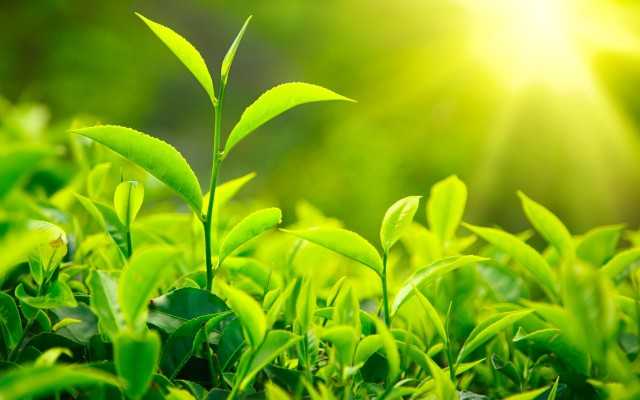Share your coffee stories with us by writing to info@comunicaffe.com.
Tam O’Braan has had several lives. Having been a soldier, an agronomist and an entrepreneur, he now grows tea in the foothills of the Scottish Highlands, and is the envy of those who once called him crazy.
Four years since he began growing tea at Dalreoch, a former sheep farm close to the small Scottish village of Amulree, the Irishman saw his tea crowned a winner at the Salon de The awards in Paris last year.Now O’Braan sells his tea in luxury stores like Mariage Freres in Paris where it goes for 78 euros for 20 grams ($87 for 0.7 ounce) and London’s Fortnum & Mason, where it brings £40 (51 euros, $57) for 20 grams, as well as to famous hotels like The Dorchester.”My neighbours thought I was mad,” O’Braan said.”We were told categorically by people who have been working in the tea industry for 30, 40 years, that it couldn’t be done.”
Scottish 19th-century botanist Robert Fortune had already shown it was possible to grow tea in Scotland but his project failed due to having the wrong plants.Determined not to make the same mistake, O’Braan imported tea trees that grew in the foothills of the Himalayas (Camellia sinensis sinensis), before adapting them to the Scottish climate. The plant seeds, which are similar to small nuts, are germinated outside before the plants are grown in a small unheated greenhouse.
“Those plants who originally started on the foothills of the Himalayas, that can deal with snow, are even stronger,” O’Braan said.
– Revolutionary tea? -Once the tea plants have adjusted, Scotland has proved to be an ideal place for them to grow, with its fog, high rainfall, hilly landscape and rich soil.”It’s well accepted among tea experts that the finest teas in Darjeeling or Assam come from areas which are shrouded in clouds for the majority of the year,” O’Braan said.”Also because the plants are in what many would consider to be an unnatural environment, we’re producing a certain amount of chemical stress within the leaf. That’s responsible for the rather sweet flavour that our tea produces.
“The harvest, which is currently beginning and will continue until September, collects the youngest leaves for white tea and rougher leaves for green and black tea. Dalreoch Estate tea is the first white tea whose leaves are smoke-dried, making it “revolutionary and unique”, according to Mariage Freres. In the Habitat cafe in the village of Amulree close to Dalreoch, owner Mike Haggerton offers sceptical customers free samples of the teas.”We give a little bit to our clients and the reaction is never been anything other than ‘this is incredible’,” Haggerton said.”There is the potential for so much more great tea to come out of Scotland.”
– Scottish tea growers -In 2015 O’Braan produced 500 kilos (1,100 pounds) of tea from his 14,000 plants and founded the Scottish Tea Growers Association in a bid to be more recognised in a land better known for its whisky.Ten people have joined him, creating small tea plantations of about 1,000 plants each in places like the Isle of Mull and the Lowlands. O’Braan hopes that there will be 28 tea growing sites in Scotland by 2017.
“From the same tea plant you can make 300 different types of tea. So there’s no reason why my neighbours should look to manufacture the same as I’m doing,” O’Braan said.”In fact we should all diversify and make different types of tea.””We’re not going to replant Scotland. It’s always going to be boutique, artisan tea,” he said.Members of the association can use a small tea processing plant that O’Braan is setting up on his farm. The production of Dalreoch itself is sold out for the next four years, according to O’Braan — meaning there should be plenty of business to go around.















